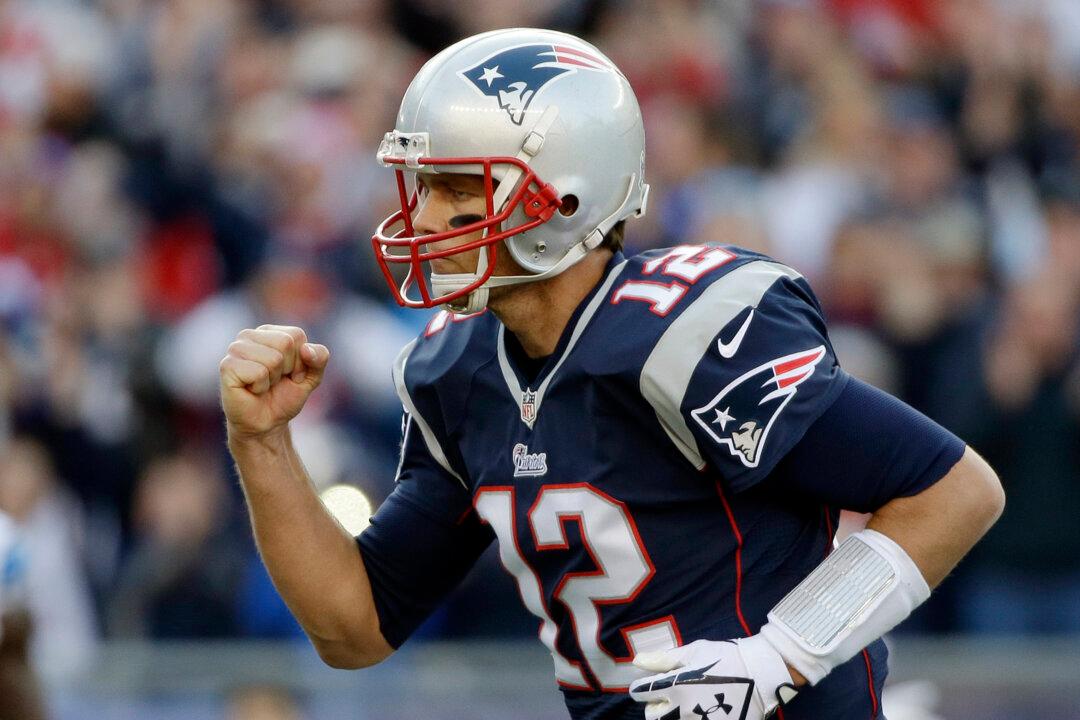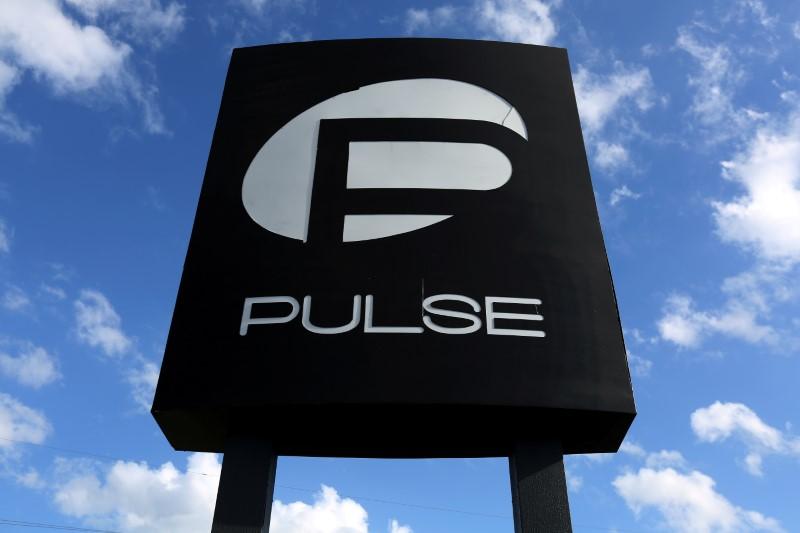There’s something about that statement fashioned around a quarterback’s wrist. Wary should be any football team whose motherboard, the so-called signal caller, is without one. It would be like getting caught with his pants down, off guard to hungry defenses.
The wristband, an assimilation of codes, helps the quarterback communicate the play to his teammates in an instant. Which call to make depends on a myriad of factors like the time left in the game, the down, the distance, and the apparent kind of defensive alignment the offense is up against. Many times, the play comes in from the coach on the sideline. The quarterback, who must be not just physically agile but mentally sharp, glances at the wristband and signals the code so that linemen understand their blocking schemes, receivers their routes, running backs their differing duties—blocking or running with the ball.





